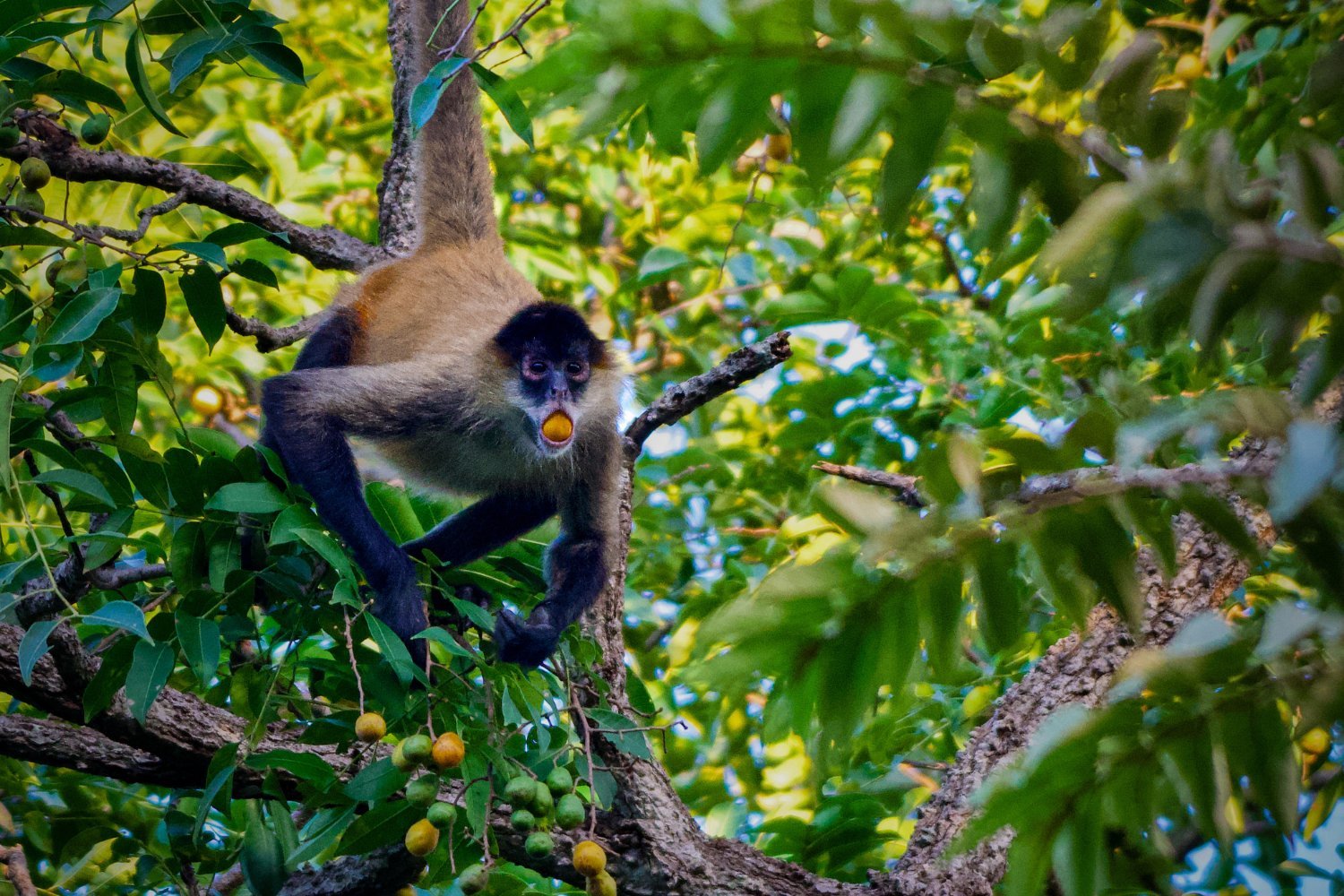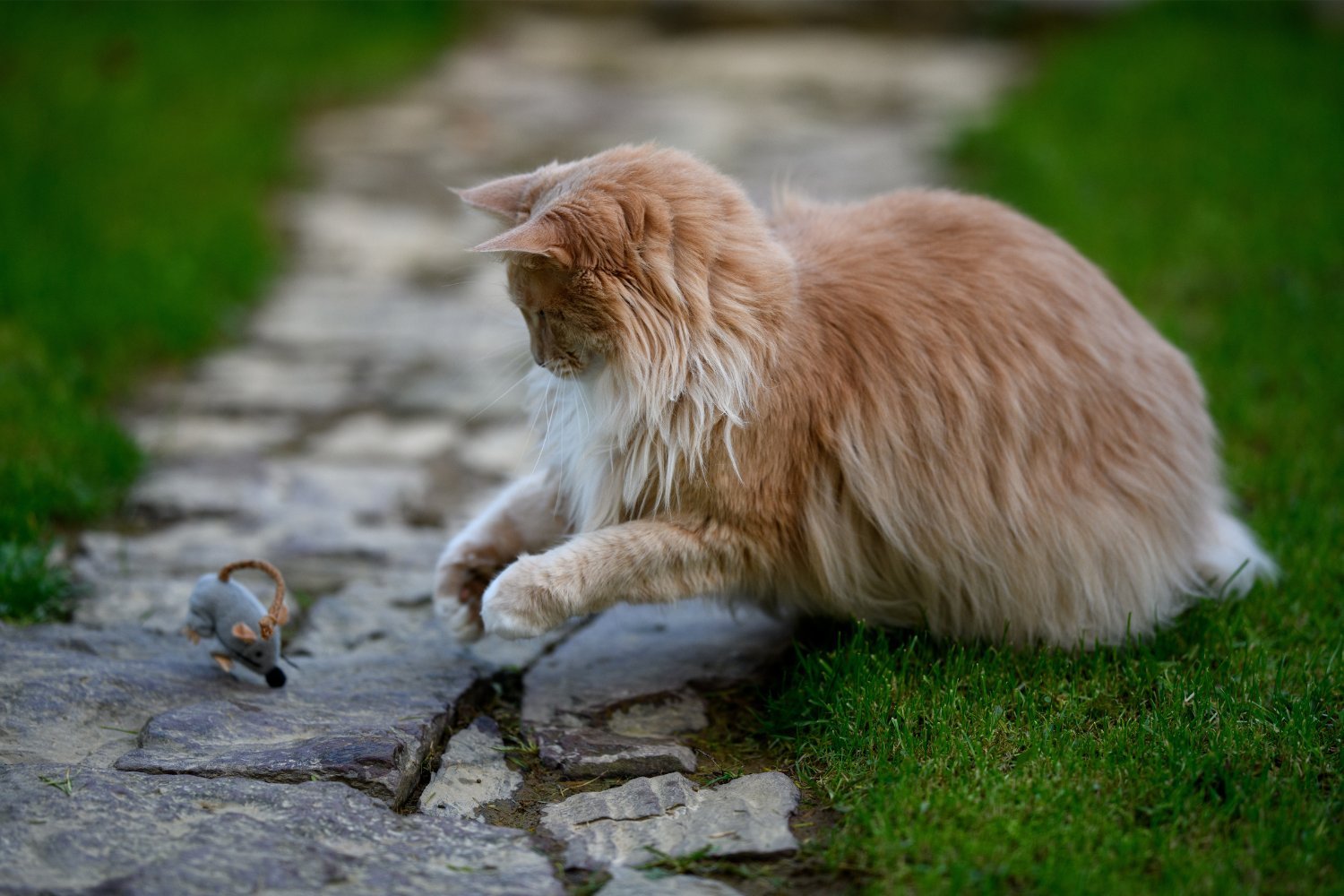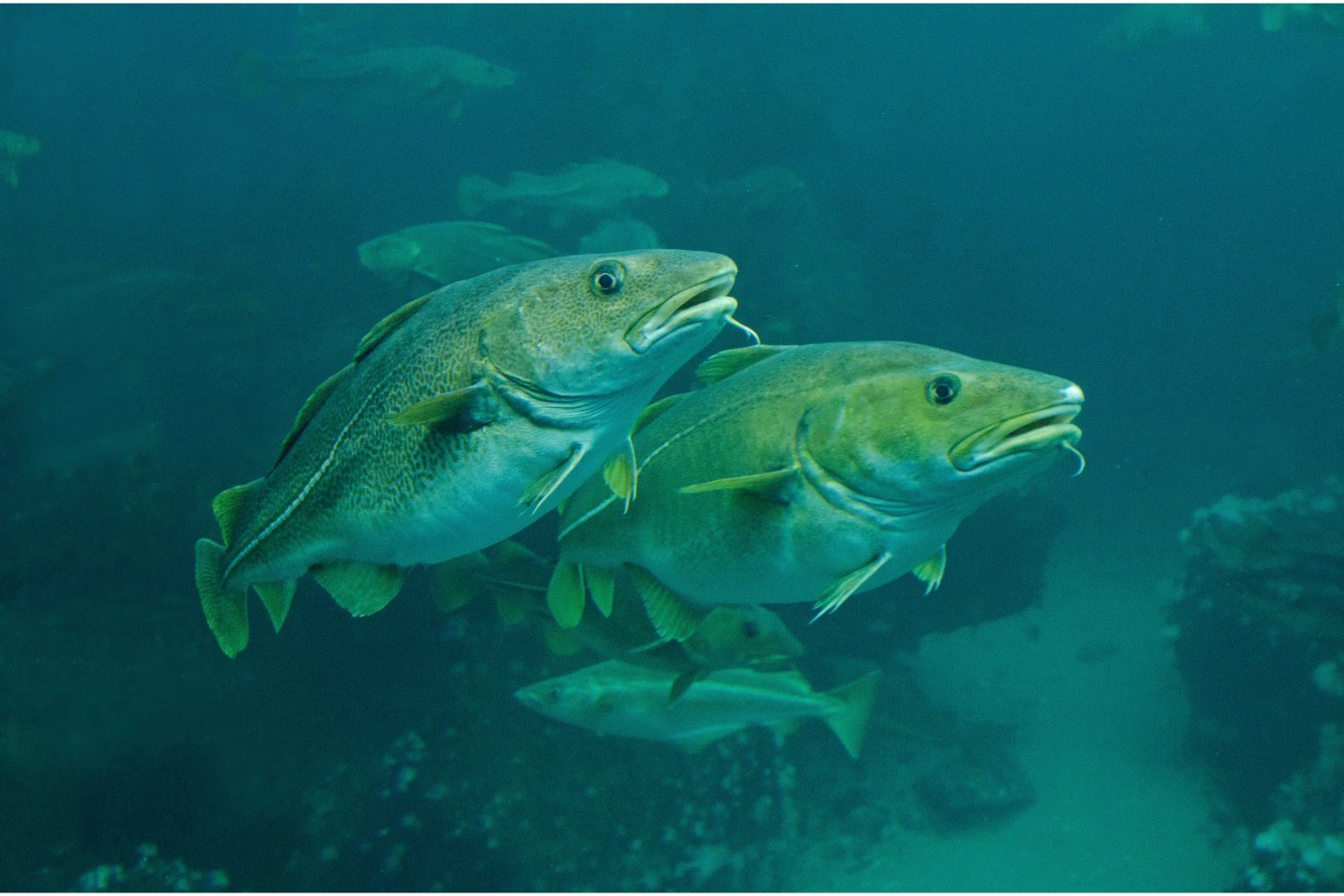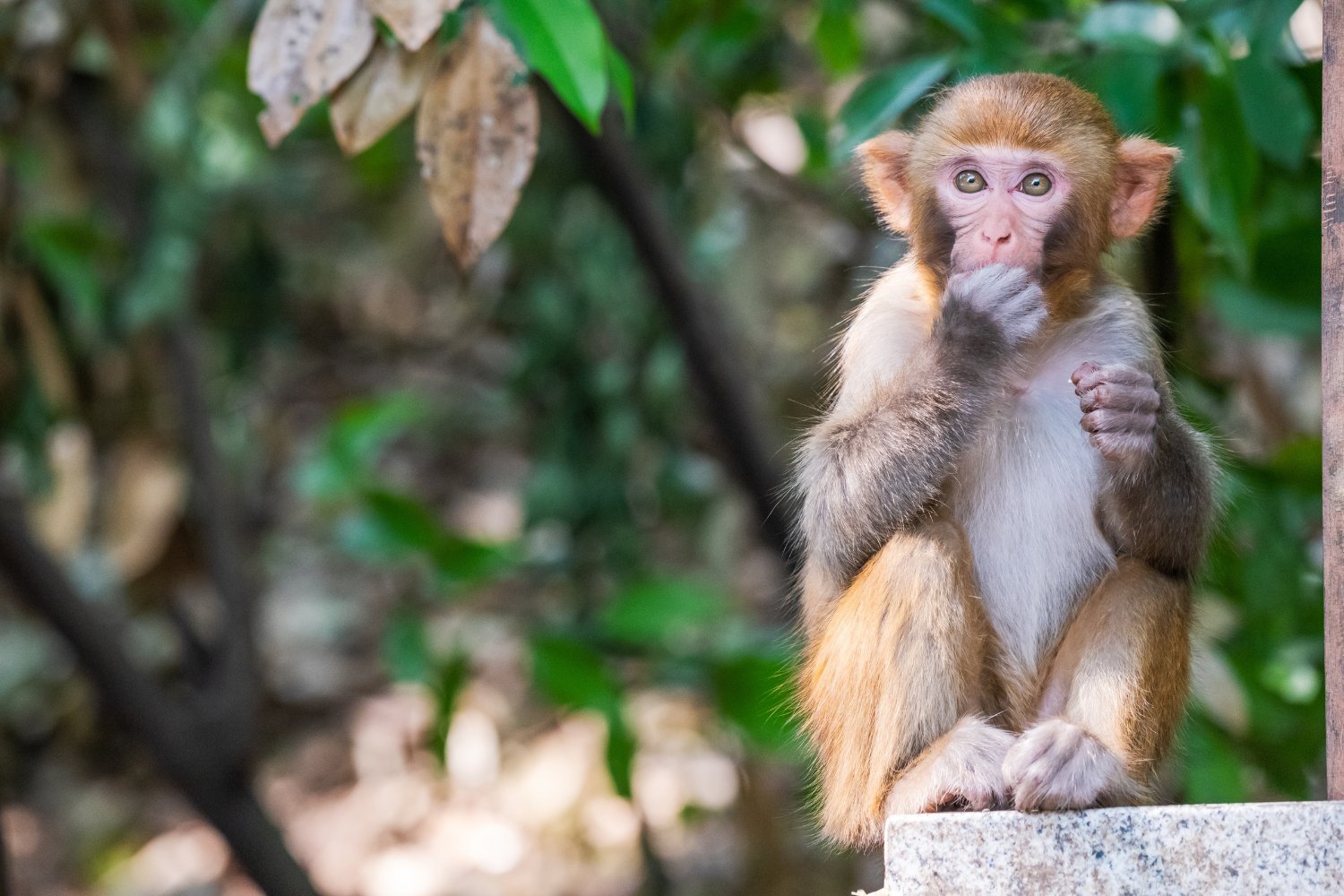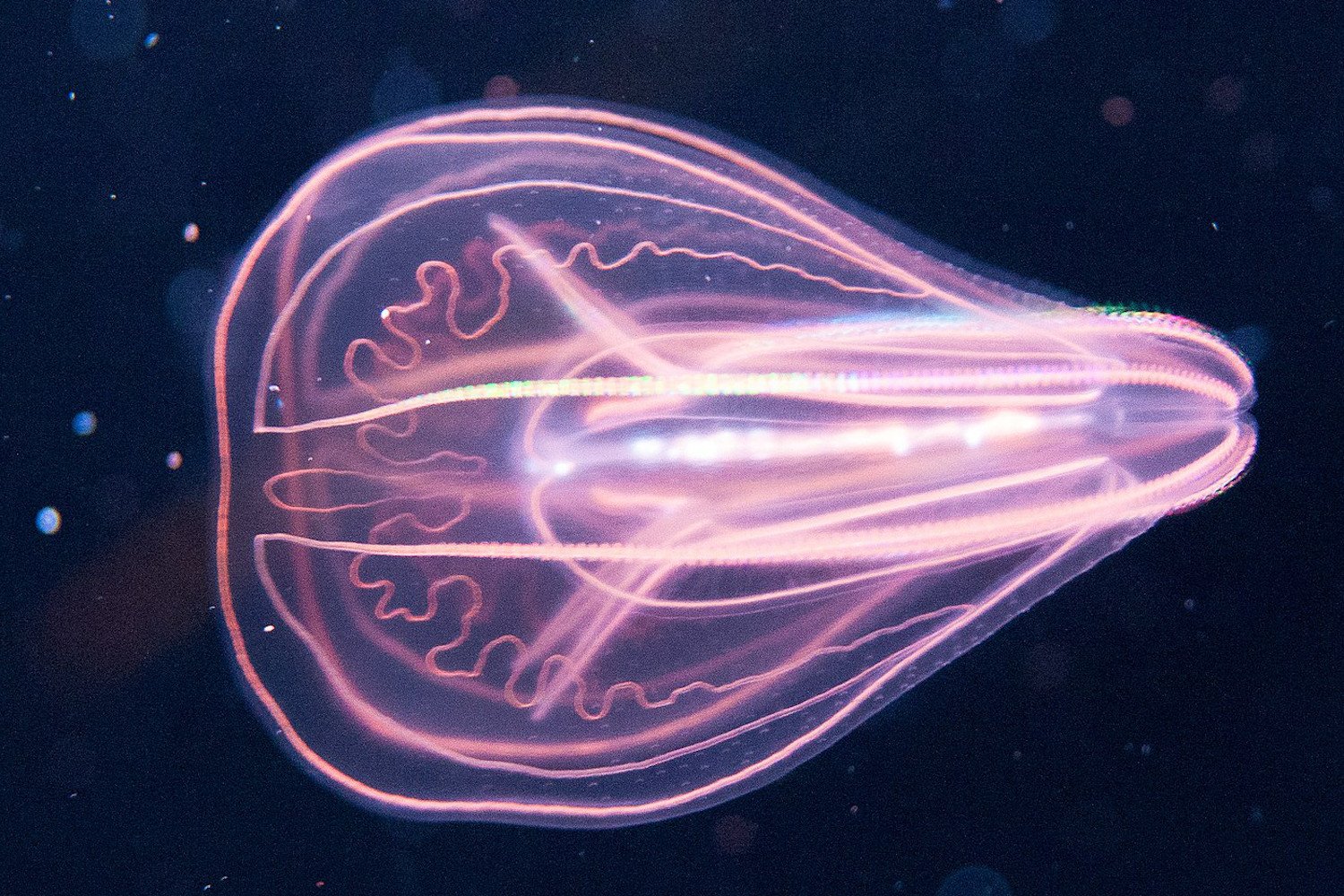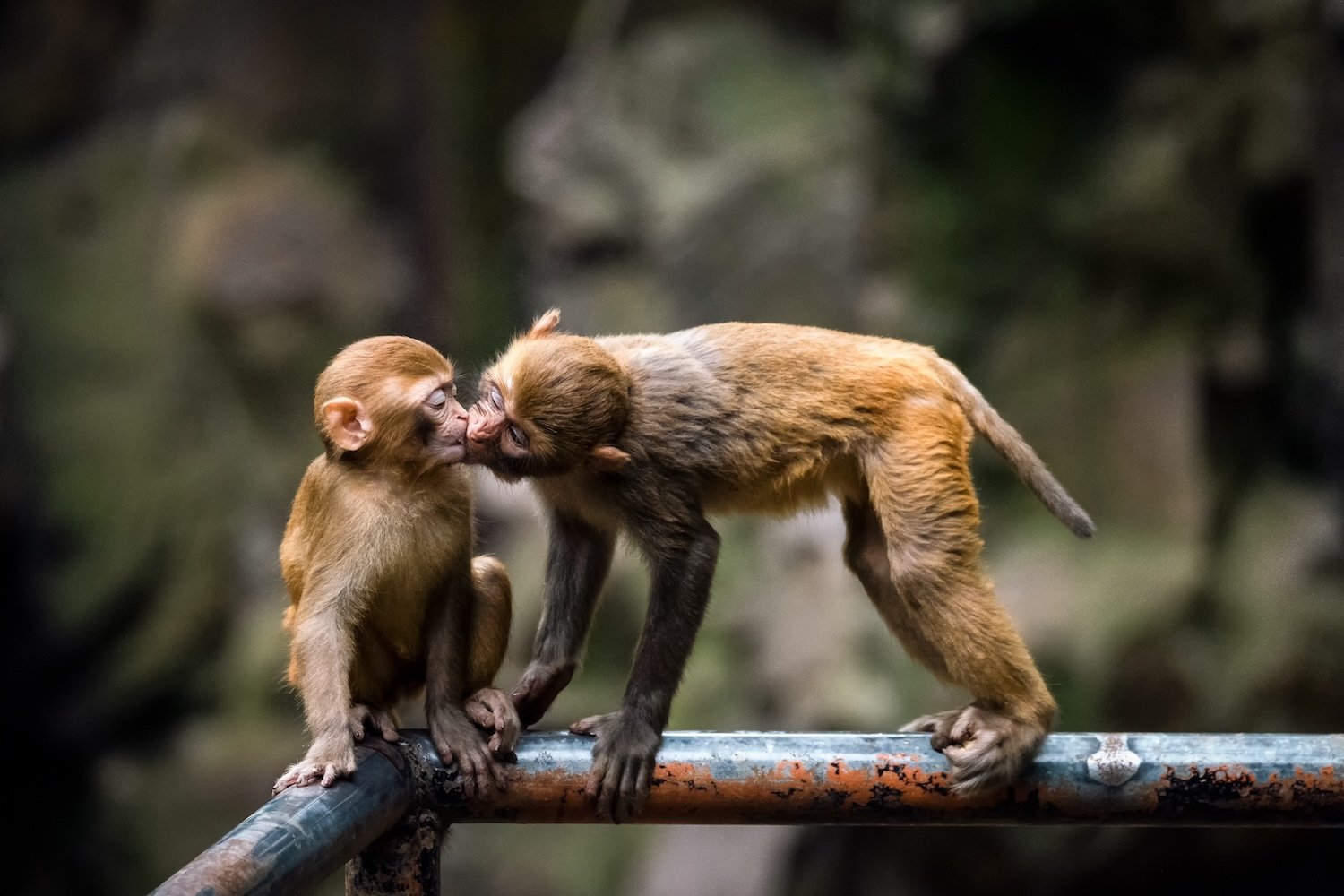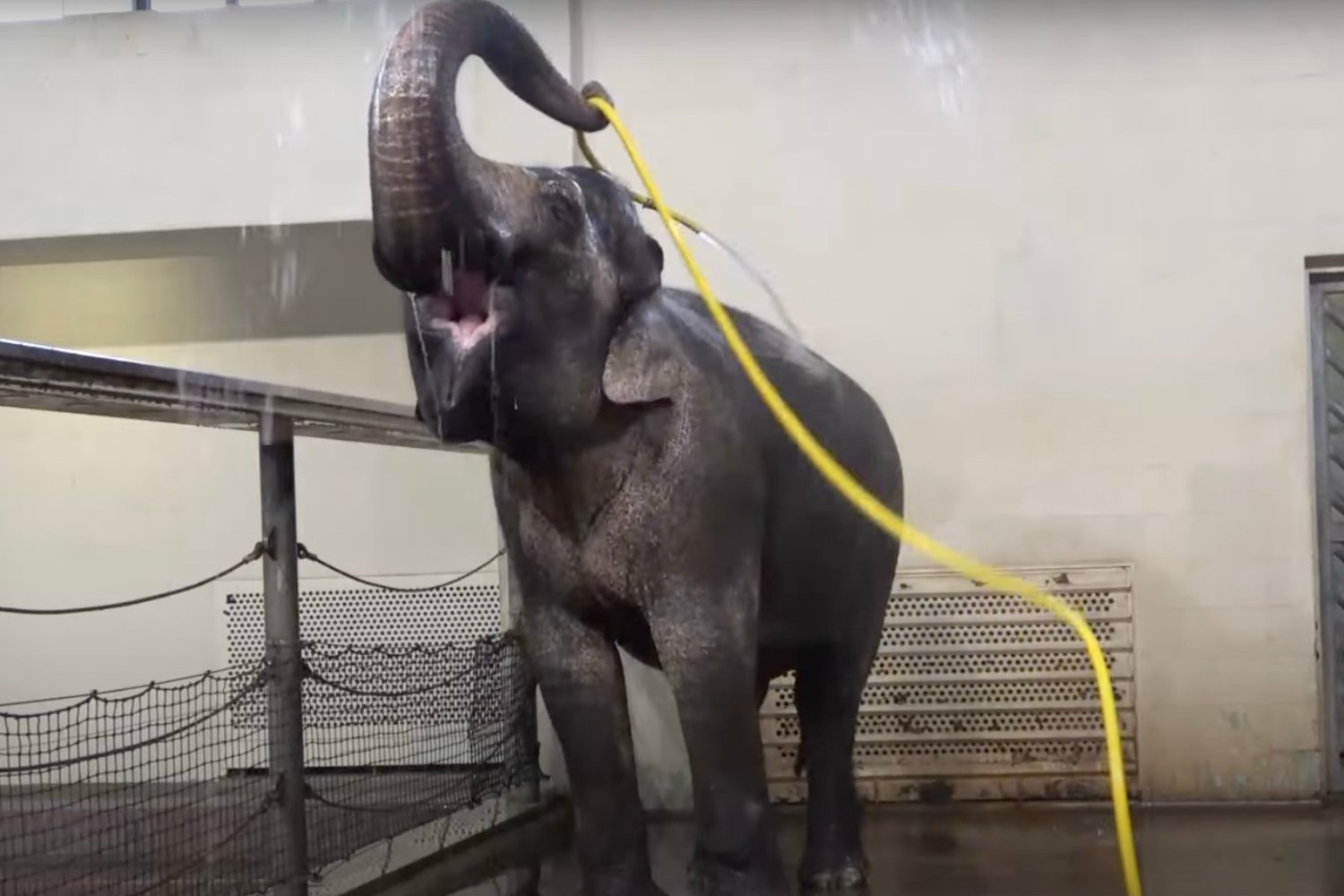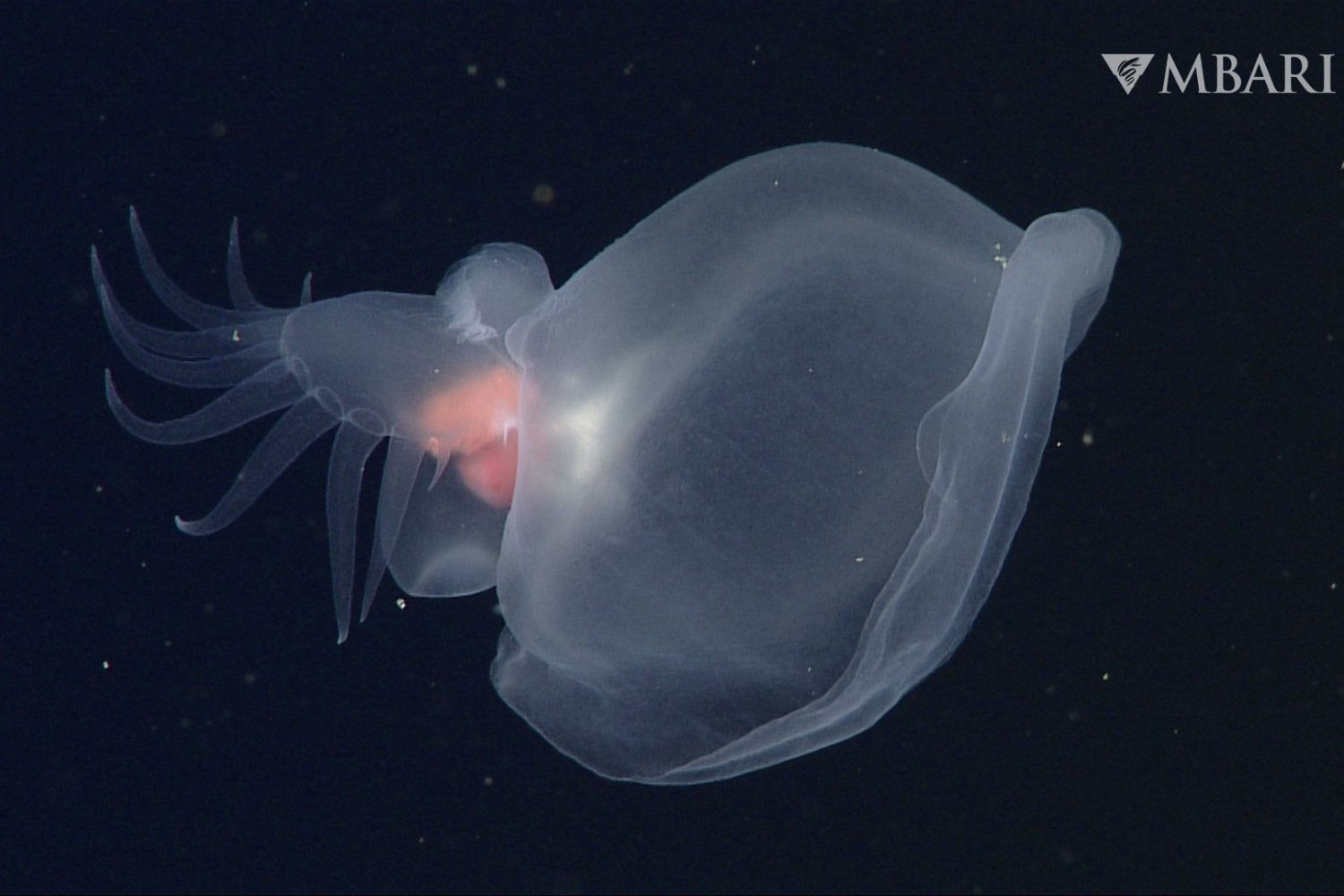Alcohol consumption, a behavior often associated with humans, might be surprisingly widespread in the animal kingdom. While anecdotal evidence of “drunk” animals abounds, from stumbling chimps to wobbly birds, scientific understanding of this phenomenon is still developing. A recent study suggests that alcohol intake among wildlife may be far more prevalent than previously assumed, raising intriguing questions about its evolutionary and ecological implications.
Ethanol, the type of alcohol humans consume, is a natural byproduct of yeast fermentation of sugars found in fruits and nectars. This process, according to researchers, has been occurring for at least 100 million years, meaning that ethanol has been present in various ecosystems throughout much of evolutionary history. The concentration of ethanol varies among fermented fruits, with some tropical varieties boasting particularly high levels. This widespread availability of naturally occurring alcohol suggests that its inclusion in animal diets is likely ancient.
Further evidence supporting widespread alcohol consumption in animals comes from genetic adaptations. Some species have evolved enhanced abilities to metabolize ethanol. Humans, chimpanzees, and gorillas share a specific mutation related to a stomach enzyme involved in alcohol breakdown. Similarly, treeshrews possess a highly efficient liver enzyme for alcohol processing. Remarkably, Oriental hornets can consume vast quantities of alcohol with seemingly no adverse effects. These adaptations indicate that alcohol consumption is a regular occurrence for some species, prompting further investigation into its role in their lives.
While the prevalence of alcohol consumption in the animal kingdom is becoming clearer, many questions remain. Intoxication in the wild is likely disadvantageous, impairing an animal’s ability to escape predators or defend itself. This raises the question of why animals would consume alcohol-rich foods. It’s unknown whether animals can even detect the presence of alcohol in food, making intentional selection less likely. Fermented fruits also have lower caloric content than their unfermented counterparts, offering no apparent nutritional advantage. However, they might represent the best available food source in certain situations or offer other benefits, such as high sugar content. Some species, like fruit flies, might even use ethanol medicinally, laying eggs in alcohol-rich environments to deter parasites.
The possibility that some animals experience the euphoric effects of alcohol and actively seek it out, despite potential risks, is also intriguing. Further research is needed to understand the neurological and psychological effects of alcohol on different species and whether these effects influence their foraging behavior.
Future research aims to explore how nonhuman primates interact with alcohol, focusing on its impact on their behavior and social dynamics. Investigating the specific chemical pathways involved in alcohol metabolism in various species is also crucial. This research promises to shed light on the complex relationship between animals and alcohol, revealing its evolutionary history and ecological significance.
In conclusion, alcohol consumption in the animal kingdom is a fascinating area of study with much yet to be discovered. From ancient evolutionary adaptations to potential medicinal uses and even the possibility of seeking a buzz, the interactions between animals and alcohol are far more nuanced than previously thought. Ongoing research will undoubtedly reveal more about this intriguing aspect of animal behavior and its implications for understanding the broader ecological landscape.



